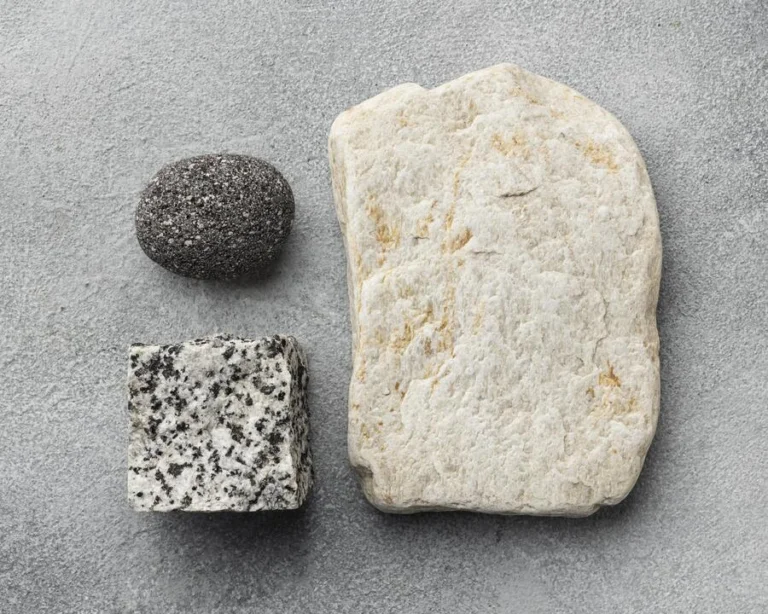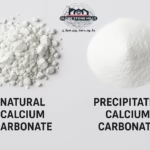Kaolin

Kaolin, a hydrated aluminum silicate clay mineral with the chemical formula Al₂Si₂O₅(OH)₄, has been used for centuries due to its unique properties. Its versatility has led to its application in a wide range of industries, from ceramics to pharmaceuticals. This article will delve into the characteristics, formation, and diverse uses of kaolin.
Characteristics of Kaolin
- Structure: Kaolin has a layered structure, with each layer composed of silica tetrahedra and alumina octahedra. This structure contributes to its properties, such as its whiteness, softness, and refractoriness.
- Whiteness: Kaolin is known for its bright white color, which is due to its high purity and the absence of iron impurities.
- Softness: Kaolin is a soft mineral, which makes it easy to process and use in various applications.
- Refractoriness: Kaolin has a high refractoriness, meaning it can withstand high temperatures without melting.
- Absorbency: Kaolin is absorbent, which makes it useful in products that require the absorption of moisture or liquids.
Also Read Calcite, a common and versatile mineral
Formation of Kaolin
Kaolin is formed through the weathering of feldspar-rich rocks, such as granite and pegmatite. Over time, the feldspar breaks down into kaolin and other minerals. Kaolin deposits are found in many parts of the world, including China, Brazil, the United States, and Germany.
Uses of Kaolin
Kaolin’s unique properties have made it a valuable resource in a variety of industries:
- Ceramics: Kaolin is a key ingredient in the production of ceramics, including porcelain, stoneware, and tile. Its whiteness, plasticity, and refractoriness contribute to the desired properties of these products.
- Paper: Kaolin is used as a filler and coating in paper production. Its whiteness and absorbency improve the brightness, opacity, and printability of paper.
- Pharmaceuticals: Kaolin has medicinal properties, including its ability to absorb toxins and soothe irritated skin. It is used in a variety of pharmaceutical products, such as antacids, antidiarrheals, and topical creams.
- Paint: Kaolin is used as a pigment and extender in paints. Its whiteness and opacity contribute to the desired properties of paints.
- Rubber: Kaolin is used as a filler in rubber products, such as tires and hoses. It improves the strength, abrasion resistance, and processing properties of rubber.
- Cosmetics: Kaolin is used in a variety of cosmetic products, including face masks, powders, and foundations. Its absorbency and mildness make it a popular choice for skin care.
- Other Applications: Kaolin has many other applications, including in the production of adhesives, insecticides, and catalysts.
In conclusion
Kaolin is a versatile clay mineral with a wide range of uses in various industries. Its unique properties, including whiteness, softness, refractoriness, and absorbency, make it a valuable resource. As technology advances, new applications for kaolin are likely to be discovered, further solidifying its position as an important mineral.
Recent Posts
- Globe Stone Hills: Your Comprehensive Guide to High-Quality Calcium Carbonate Solutions
- The Role of Calcium Carbonate in Soap and Detergent Manufacturing
- Precipitated vs Ground Calcium Carbonate: Key Differences, Uses & Benefits
- Calcium Carbonate Quarries in Egypt | High-Purity White Mineral for Industries
- Difference Between Coated and Uncoated Calcium Carbonate
Latest Posts
Contact the Globe Stone Hills team
Gallery
- © Copyright 2024. Globe Stone Hills




















